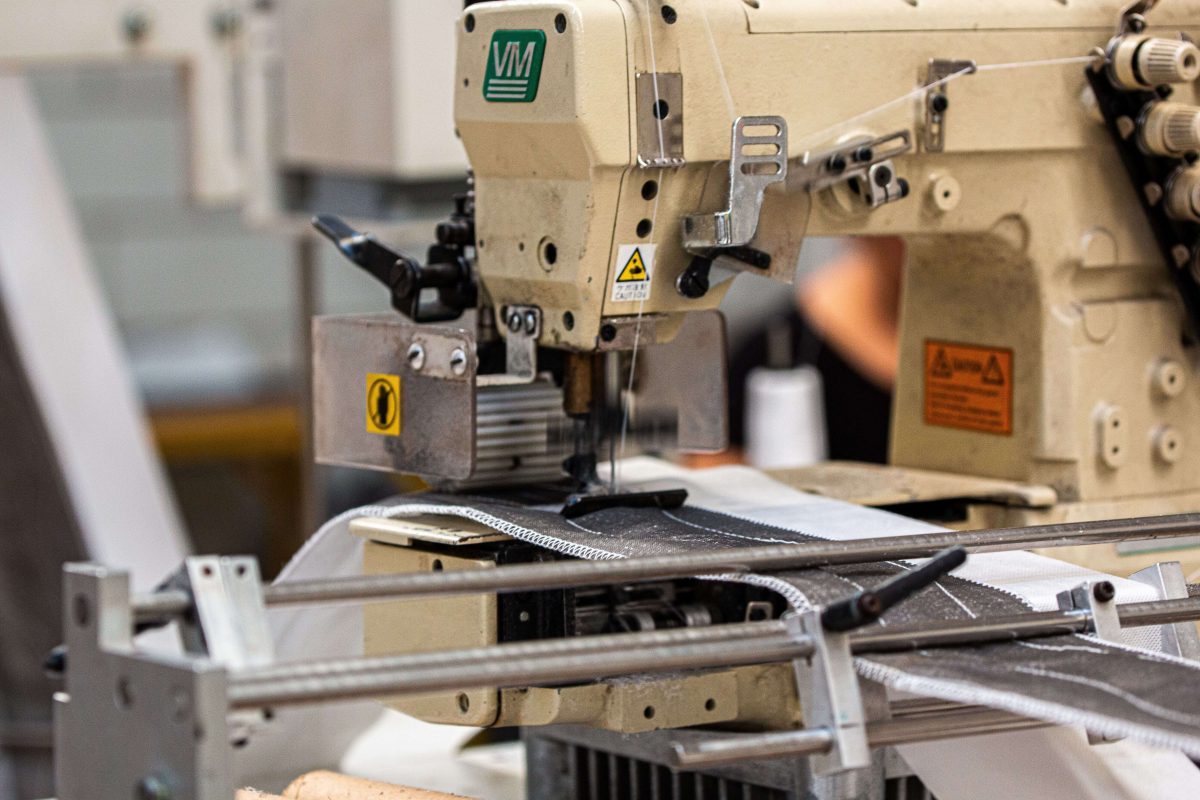Fabric yarns come in varying qualities—some textured and rich, while others dull and fragile. So while purchasing yarn, you have to be able to identify high-quality yarns from low-quality ones. The one way to do that is by knowing the textile yarn spinning process.
Why is that? Because the yarn spinning process is meticulous—one mistake and the quality of yarn can be compromised. Spinning is the process where fibers are converted into yarn, which can then be weaved into cloth materials. Here’s what the spinning process looks like.
Raw Material Sourcing
The process begins with the sourcing of raw materials, such as PET chips for synthetic yarn. This step is essential because if the raw materials are sourced from a low-grade manufacturer, the quality of the final product gets compromised. At AYM Syntex, we import our PET or polyester chips only from the best sources to ensure the highest quality levels.
Drying Process
The second stage of the yarn spinning process is where the PET chips are dried. This is crucial because the PET chips we import have a moisture content of 200 to 300 ppm, which needs to be brought down to 30 ppm for further downstream processing. We use high-power driers and optimum settings to dry the PET chips and prepare them for the next stage, which is melting.
Melting Stage
The PET chips we source melt at 270 to 280 degrees centigrade. So, the dried solid PET chips are pushed into the Extruder, our melting machine, where the chips turn into malleable fluid PET that’s easier to turn into threads.
Spinning
The next stage in the synthetic yarn spinning process is spinning through cooling. Here, the molten polyester is passed through fine holes, and then it is cooled and spun using a special spinning machine. This process turns the fluid into solid long threads. During the spinning process, the yarn fibers are straightened and arranged in a parallel manner to ensure uniform quality and strength.
Winding
The last stage is where the yarns are spun around cylindrical tubes for the final packaging. A winding machine is used to spin the yarns uniformly around the cone that can be easily used during the upcoming fabric manufacturing process.
This is what it takes to convert loose fibers from the raw material into solid and high-quality textile yarn. Thus, when ordering your next set of yarns, ensure that the manufacturers utilize the right process. Fortunately, AYM Syntex follows this spinning process meticulously, which is why our yarns are of a much higher quality than you would expect. Contact us to know more about our speciality, synthetic yarns.
Also Read:




